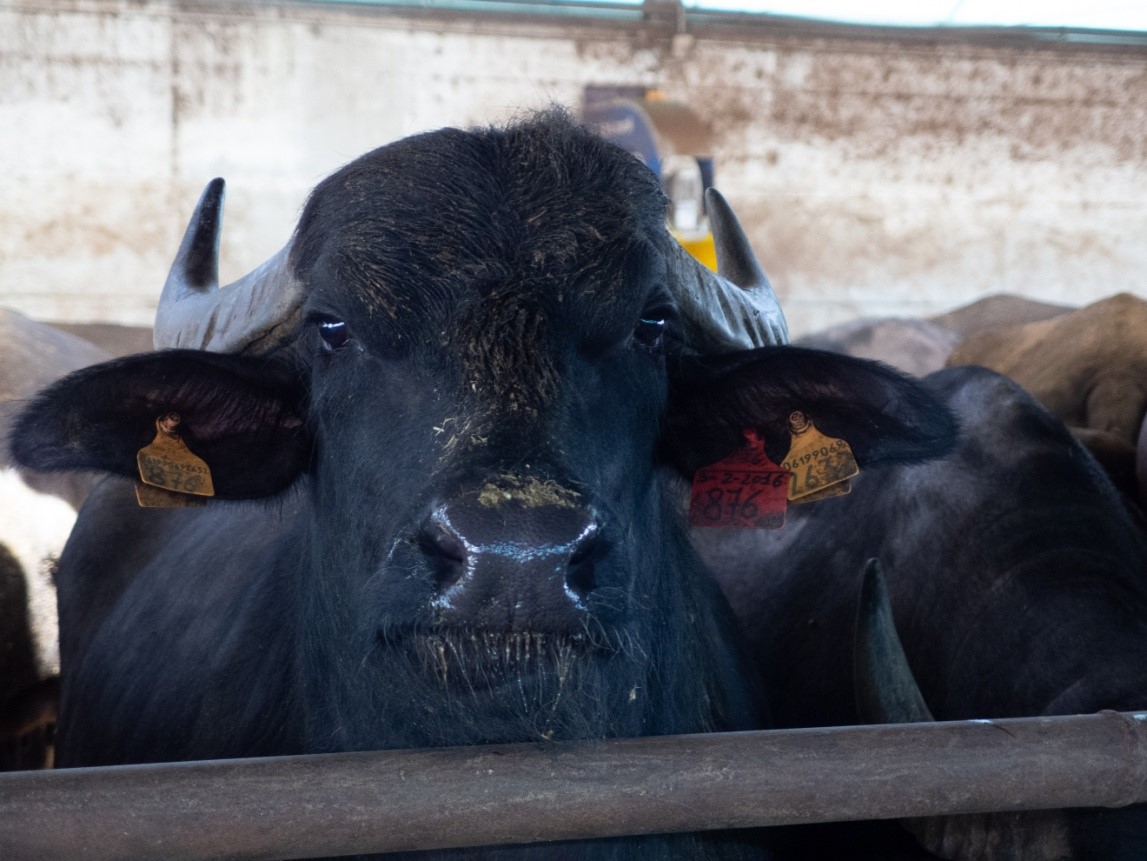Animal Sustainability of Buffalo: Reproduction, Health and Management
A special issue of Animals (ISSN 2076-2615). This special issue belongs to the section "Cattle".
Deadline for manuscript submissions: closed (31 December 2022) | Viewed by 7382
Special Issue Editors
Interests: buffaloes; breeding techniques; functional molecules
Special Issues, Collections and Topics in MDPI journals
Special Issue Information
Dear Colleagues,
A consumer disaffection toward products of animal origin has been observed in recent years as a consequence of breeding systems and intensive environmental resource exploitation. Thus, the future of animal breeding will depend on several interconnected factors, such as environmental and economic sustainability, animal welfare, traceability of production processes, and the quality of production. The latter depends on the number of molecules with beneficial effects on the health of the consumer. The achievement of such objectives can be obtained through a more precise phenotypic assessment of the individuals (genotypes, species, breeds, etc.), in order to identify those that are more resistant and resilient to the areas and rearing conditions. Moreover, it will be necessary to modify breeding techniques, to improve the selection of livestock animals. In this context, the application of precision livestock farming techniques in animal husbandry to guarantee an automated, continuous, and real-time collection of the phenotypic characteristics of interest is broadly increasing. Based on the above considerations, in this article collection, articles are invited on the development of breeding techniques aiming to improve buffalo productive and reproductive activities without affecting environmental and economic sustainability.

Dr. Angela Salzano
Dr. Anna Balestrieri
Guest Editors
Manuscript Submission Information
Manuscripts should be submitted online at www.mdpi.com by registering and logging in to this website. Once you are registered, click here to go to the submission form. Manuscripts can be submitted until the deadline. All submissions that pass pre-check are peer-reviewed. Accepted papers will be published continuously in the journal (as soon as accepted) and will be listed together on the special issue website. Research articles, review articles as well as short communications are invited. For planned papers, a title and short abstract (about 100 words) can be sent to the Editorial Office for announcement on this website.
Submitted manuscripts should not have been published previously, nor be under consideration for publication elsewhere (except conference proceedings papers). All manuscripts are thoroughly refereed through a single-blind peer-review process. A guide for authors and other relevant information for submission of manuscripts is available on the Instructions for Authors page. Animals is an international peer-reviewed open access semimonthly journal published by MDPI.
Please visit the Instructions for Authors page before submitting a manuscript. The Article Processing Charge (APC) for publication in this open access journal is 2400 CHF (Swiss Francs). Submitted papers should be well formatted and use good English. Authors may use MDPI's English editing service prior to publication or during author revisions.
Keywords
- eco-sustainability
- buffaloes
- breeding techniques
- precision livestock farming






